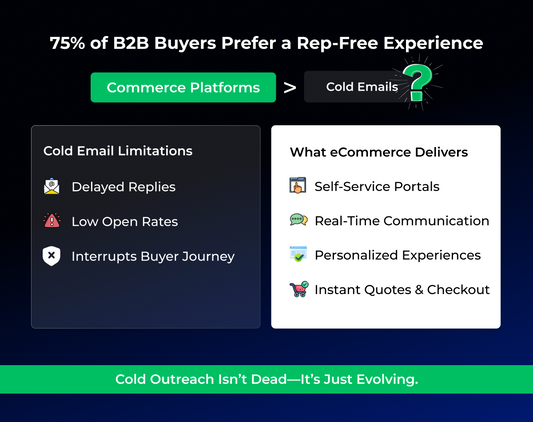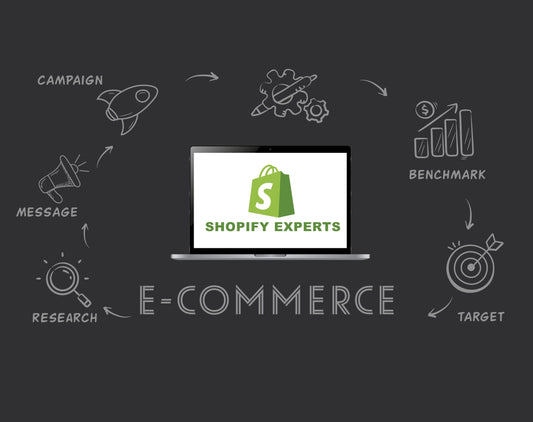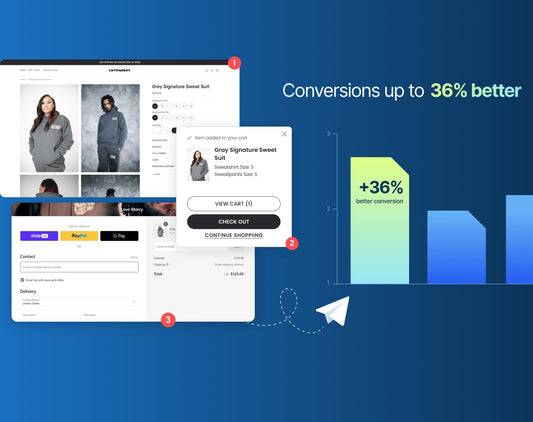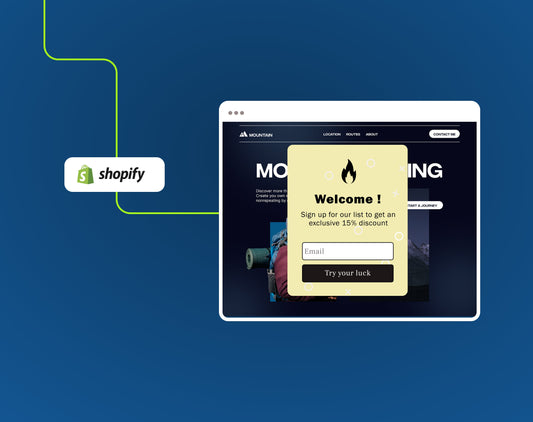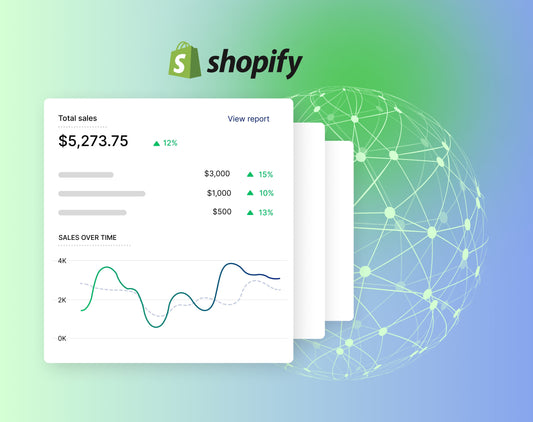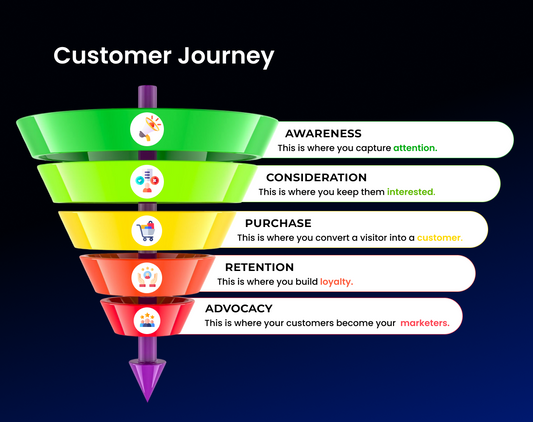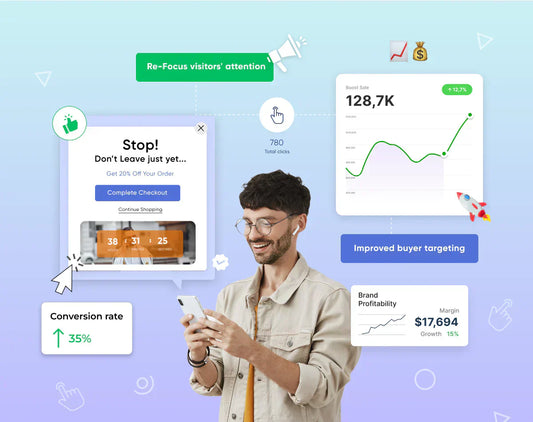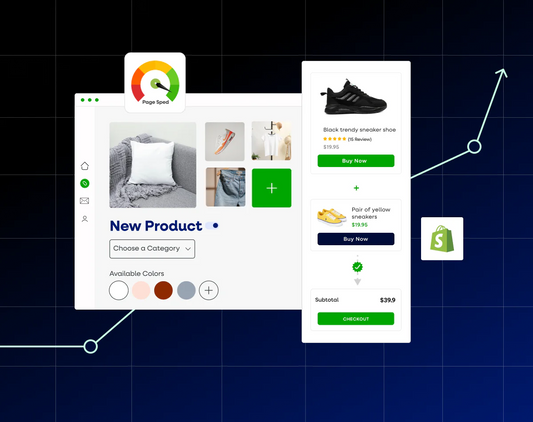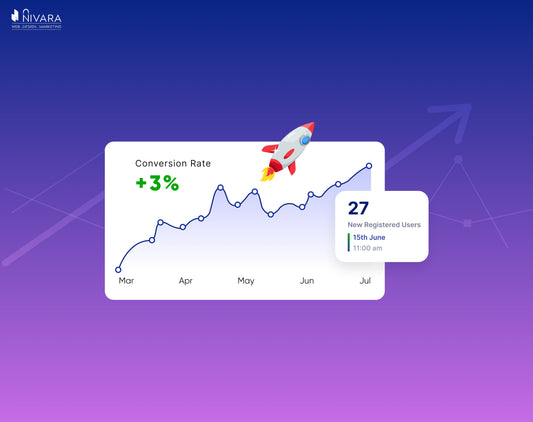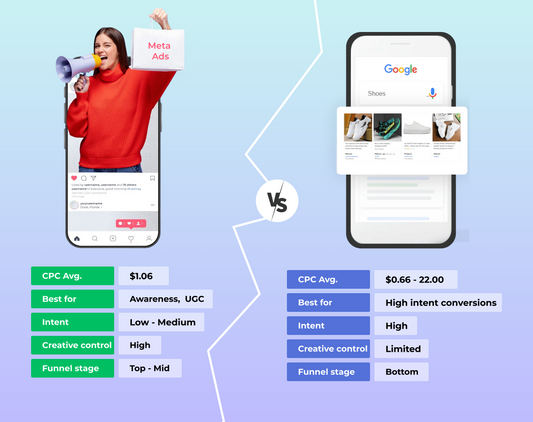In This Story
DTC brands are rewriting the eCommerce rules by breaking the mold of traditional retail. With giants like Warby Parker, Glossier, and Allbirds crossing the 9-figure revenue mark, it's clear that direct-to-consumer (DTC) models are here to stay.
But for every success story, there are countless brands that struggle to scale. Rising customer acquisition costs, increasing competition, and evolving consumer behavior make sustainable growth a challenge.
The good news? With the right DTC brand growth strategies, you can accelerate your revenue and scale efficiently. This blog uncovers proven tactics that have transformed brands into 9-figure powerhouses.
Understanding the DTC landscape
The DTC market is booming. According to Statista, the global DTC market is expected to reach US$7.53tn in 2025, reflecting its rapid growth. However, standing out in this crowded space demands strategic execution and a deep understanding of consumer psychology.
Many brands fall into the trap of thinking that simply launching a website and running ads will lead to success. But in reality, the brands that thrive have a deep understanding of their customers, a unique value proposition, and a solid growth plan that continuously adapts to industry changes.
Building a brand in this space isn’t just about selling products. It’s about creating a lifestyle and a movement that resonates with your audience.
7 DTC brand growth strategies
In direct-to-consumer (DTC) sales, it's not enough to just sell things. You need to build a brand that connects and grows with your customers. The DTC brand growth strategies lay the foundation for growth, helping you turn challenges into opportunities and visitors into lifelong customers.
1. Customer-centric marketing
Acquiring customers is one thing, but retaining them is the real game-changer. Research shows that increasing customer retention by just 5% can boost profits by 25% to 95% (Harvard Business Review). Retention isn’t only about offering discounts but about creating a brand experience that makes customers want to stay.
How to implement:
- Personalized experiences: Use AI-driven recommendations, dynamic email marketing, and behavior-based triggers to enhance user engagement. Personalized emails alone can increase open rates by 26%.
- Loyalty programs: Reward repeat customers with exclusive perks, early access to products, and VIP discounts. Studies show that loyalty members spend 12-18% more than non-members.
-
Subscription models: Offer convenience through auto-replenishment services that encourage repeat purchases. Brands like Dollar Shave Club and Birchbox have seen huge success with this model.

- Omnichannel engagement: Leverage SMS, email, chatbots, and social media to create multiple customer touchpoints and keep customers engaged with your brand.
Customers want to feel valued. Engaging with them through multiple channels can help you turn them into lifelong fans. Emotional branding and storytelling play a huge role in this, making customers feel connected to your brand on a deeper level.
2. Data-driven decision-making to optimize every move
DTC brands thrive on data-driven insights that fuel better decision-making. According to McKinsey, companies using data analytics see 23 times higher customer acquisition rates than those that don’t. Those who leverage data effectively gain a competitive advantage.
How to implement:
- A/B testing: Optimize landing pages, email campaigns, and product pages by testing different variations to see what converts best.
- Customer segmentation: Group users based on behavior, preferences, and demographics to create highly targeted campaigns that resonate with specific audiences.
-
Heatmaps & analytics: Tools like Hotjar and Google Analytics help refine website UX, identify drop-off points, and enhance user navigation.

- Predictive analytics: AI can analyze past customer behavior to forecast future trends and recommend personalized offers, increasing conversion rates.
Brands that fail to leverage data often rely on guesswork, leading to wasted ad spend and ineffective marketing strategies. Hence, it’s important to refine your approach based on real-time analytics and customer feedback.
3. Performance marketing to maximize ROAS and reduce CAC
DTC brands rely heavily on performance marketing to scale profitably. As the ad costs are on a surge, it becomes even more important to explore alternative marketing channels.
Key strategies:
- UGC & influencer marketing: User-generated content can increase conversion rates by 29% (Yotpo). You can collaborate with micro-influencers for authenticity and reach.
-
Retargeting: Use Facebook and Google Ads to re-engage potential customers and find similar prospects, increasing the efficiency of ad spend.

- SEO & content marketing: Brands that share blogs regularly see 67% more leads than those that don’t (HubSpot). Therefore, we suggest you invest in high-quality, value-driven content that educates and engages customers.
- Video marketing: Short videos on TikTok, Instagram Reels, and YouTube Shorts are powerful for DTC brands, driving organic reach and engagement.
With ad platforms becoming increasingly competitive, you must focus on diversifying traffic sources and building organic reach to reduce dependency on paid media.
4. Conversion rate optimization (CRO) to turn traffic into sales
Driving traffic is pointless if your site doesn’t convert. A study by Baymard Institute reveals that the average eCommerce cart abandonment rate is 69.8%. Huge, right? Therefore, it’s important that you work towards reducing friction in the buying journey.
How to improve conversions:
- Fast-loading website: A 1-second delay in load time can reduce conversions by 7%.
- Clear value proposition: Highlight product benefits, social proof, and urgency triggers to compel users to purchase.
- Simple checkout process: Simplify the steps, offer multiple payment options, and integrate one-click checkout solutions.
-
Exit-intent popups: Capture abandoning users with last-minute discounts or email opt-ins.
 READ MORE: How do Exit Intent Popups Increase Online Sales?
READ MORE: How do Exit Intent Popups Increase Online Sales?
5. Community building & brand advocacy
A loyal community drives sustainable growth. Brands with engaged communities see a 10-20% increase in revenue per customer (Forrester). Plus, community-driven brands enjoy higher retention and organic reach.
How to foster community:
- Exclusive Facebook & Discord groups: Foster brand conversations and peer-to-peer recommendations.
- Ambassador programs: Encourage customers to share and promote your products through referral incentives.
- Social listening: Engage in real-time conversations with customers on platforms like X, Instagram, and TikTok.
- Live events & webinars: Connect with customers through live Q&A sessions and product launch events.
6. Scaling through product innovation & expansion
Don’t just sell - INNOVATE! Diversifying your products makes you less dependent on a single source of income and helps you reach a bigger range of customers.
How to expand:

- Introduce complementary products: Leverage customer data to identify gaps and introduce relevant add-ons.
- Limited-edition drops: Create urgency and exclusivity to drive demand.
- Bundle & upsell: Increase AOV (average order value) with strategic product pairings.
- International expansion: Research emerging markets and localize product offerings.
7. Sustainable & ethical branding
Consumers demand transparency. 73% of global consumers say they would change their consumption habits to reduce environmental impact (Nielsen).
How to implement:

- Sustainable packaging: Reduce waste and carbon footprint by using recyclable or biodegradable materials.
- Ethical sourcing: Align with fair trade and cruelty-free standards to enhance brand trust.
- Social responsibility initiatives: Support causes that resonate with your audience and communicate your impact.
Want similar content delivered straight to your inbox? SIGN UP TODAY - we promise we won’t spam!
Conclusion
Scaling a DTC brand into a 9-figure powerhouse requires a multi-faceted approach. From data-driven marketing and CRO to community building and product innovation, the right DTC brand growth strategies can propel brands to unprecedented success.
The key? Stay agile, leverage data, and focus on long-term customer relationships. Implement these strategies, and your brand won’t just grow - it will dominate.
Looking to scale your DTC brand effectively? Let’s talk growth.




